Vintages - How Nature Shapes the Wines We Love
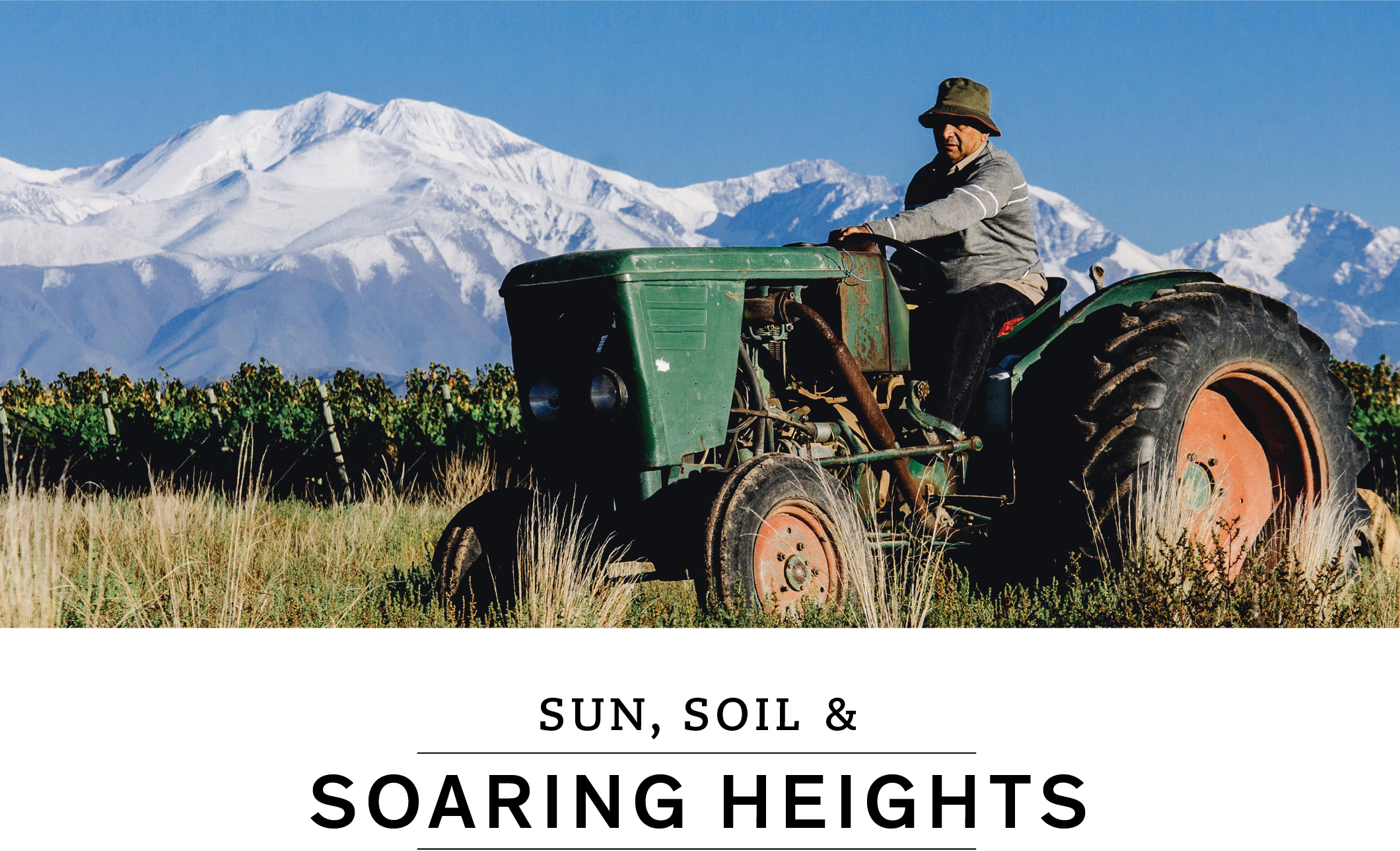
How nature shapes the wines we love
(6 min. read)
It’s elemental, my dear! Learn how altitude, water-borne wind, topography and soil can push grapes to their limits and in the process uniquely shape the wines you love.
Winemakers may have the final say on how a wine will taste – the choices they make in the vineyard and the winery largely determine this – but that can only happen after Mother Nature is done with the grapes. In this article, we’ll look at four key influences whose complex interaction helps determine wine style and quality in every wine region in the world.
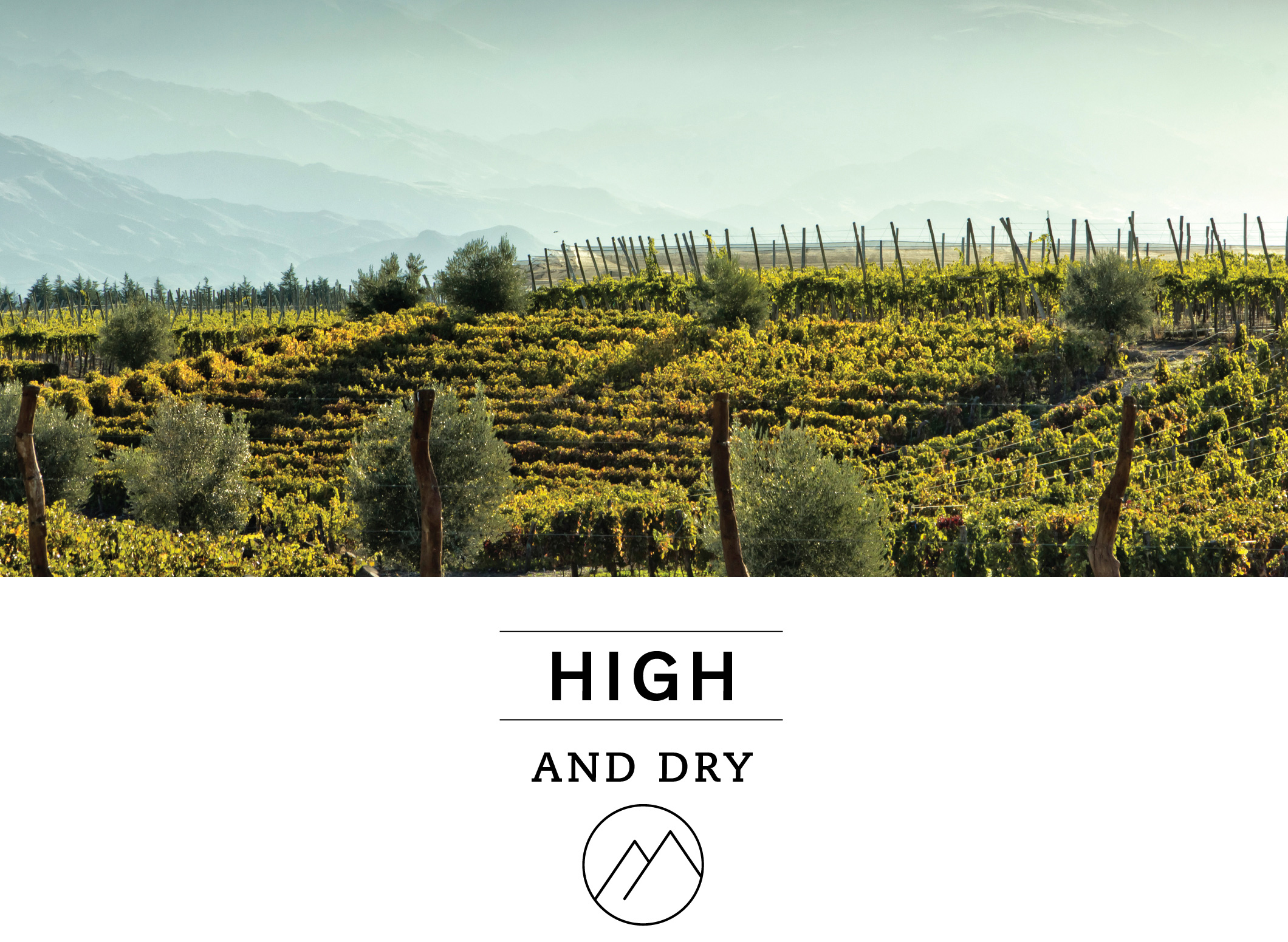
Altitude provides winemakers with three major advantages: cooler temperatures, increased diurnal variation and excellent drainage.
For every 100 metres above sea level, the temperature drops approximately 1.2°C, resulting in significant, tangible differences between grapes grown at different altitudes. At extreme elevations – think Argentina – there’s an increase in solar radiation; temperatures are cooler, but the impact of sunlight on photosynthesis intensifies. This temperature differential, combined with cool overnight temps, slows down the ripening process and preserves the grapes’ natural acidity. This is why wines made from grapes grown at altitude can have a greater sense of lift and freshness than those made from the same grapes grown at lower elevations. Drainage stresses the vines, forcing them to work harder to find water, which in turn results in more flavour concentration as well as encouraging the particular characteristics of the soils to be more obvious in the final wines.
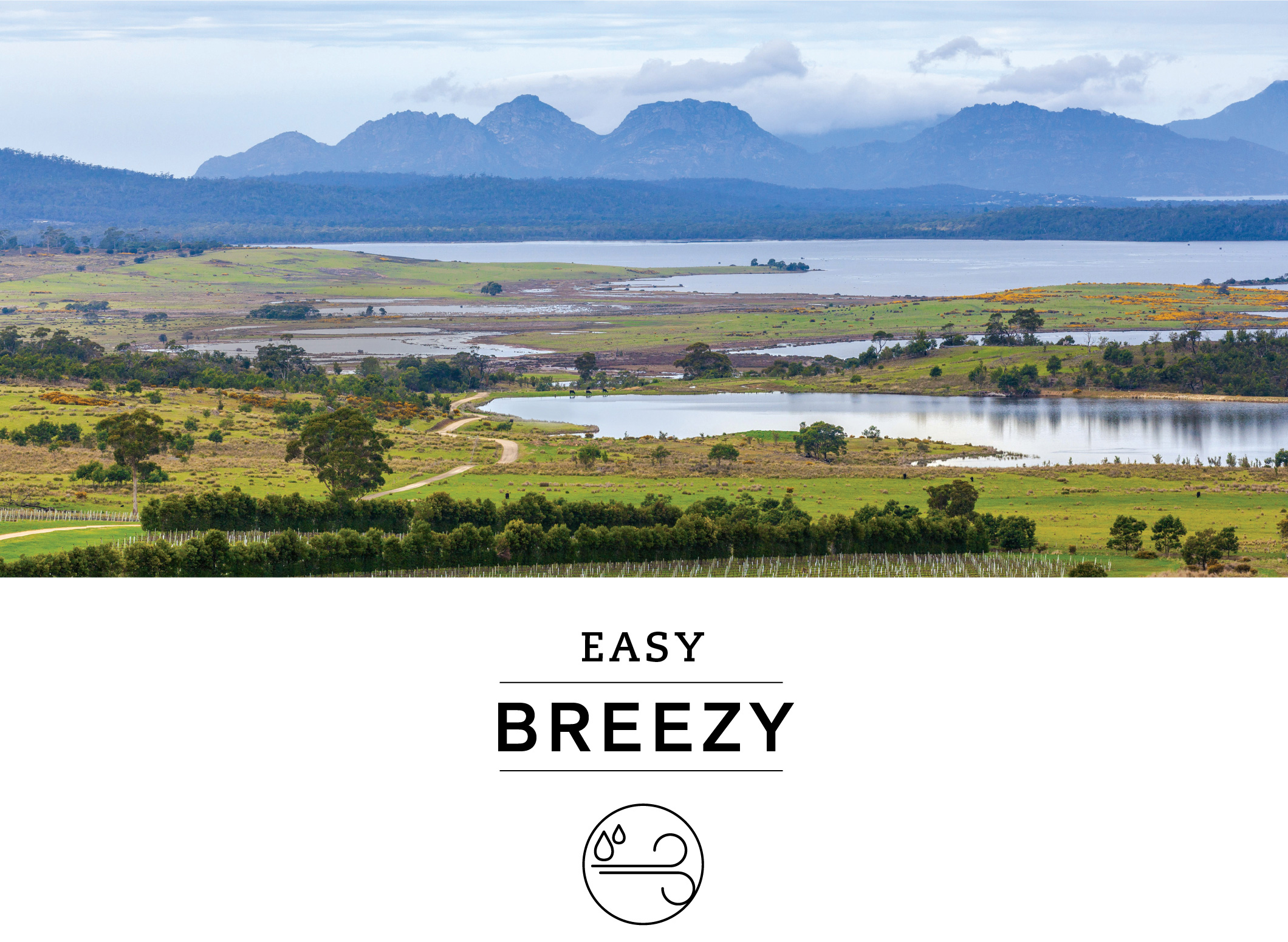
The proximity of a vineyard to a significant body of water can have a great influence on the style of wine that’s produced.
Warm places such as South Africa, Australia, Chile and California can grow high-quality cool-climate varietals like Pinot Noir and Chardonnay because of the cooling breezes and fogs generated by nearby oceans. Rivers can also have a great impact by moderating temperatures and reflecting sunlight back into the vineyard, increasing sun exposure. This assists in ripening and flavour development and is a key factor in colder places, like the famous sloped vineyards of Germany’s Mosel region. Cold ocean currents, such as the Humboldt Current that runs from the Antarctic up the coast of Chile, can also have a major impact. These currents give rise to cool winds and cooling fogs as the cool ocean air interacts with the warmer inland air. Lakes like Lake Ontario soak up and retain heat during summer months, then release it over the winter, lessening the impact of cold temperatures. Similarly, during the warmth of summer, cool air is drawn inland from lakes and oceans by the warm temperatures on land.
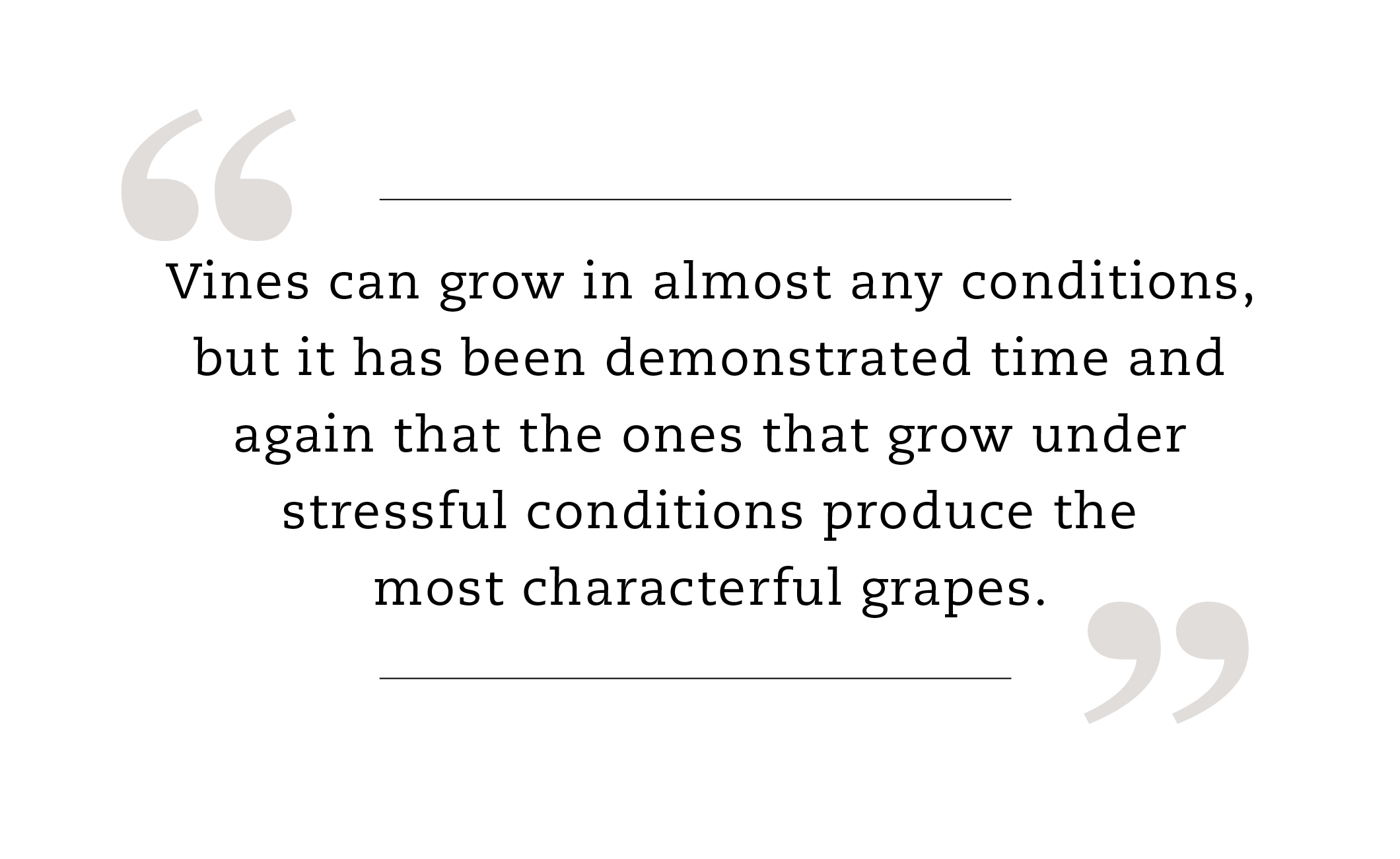
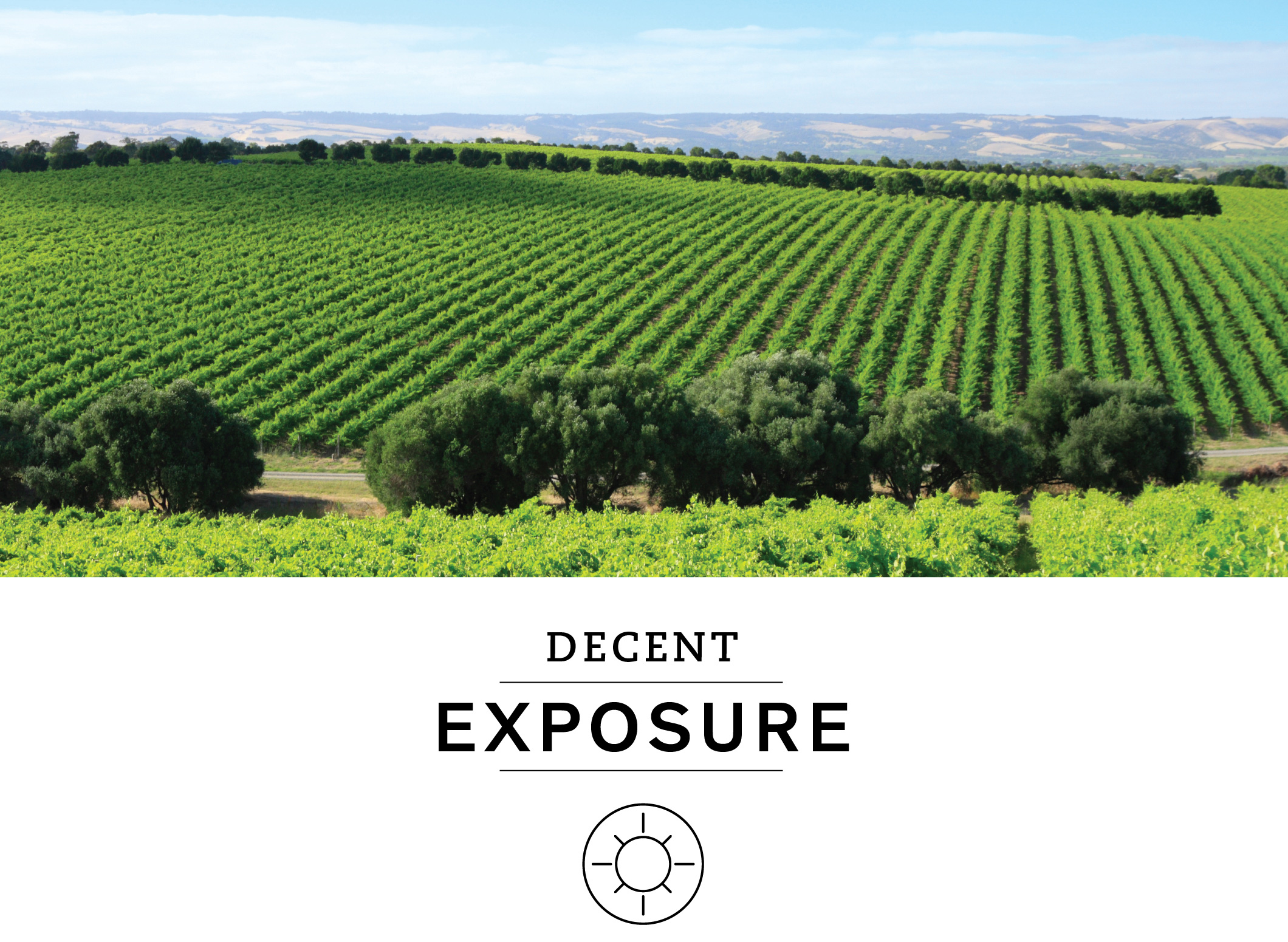
The driving force behind grape growing is the sun, which propels photosynthesis.
Too much sun, and wines can be overly ripe, too little sun and the grapes can lack flavour. The topography of a given region can create varying degrees of exposure. Mountains, rolling hillsides, and valleys create dramatic nooks and crannies that result in a multitude of mesoclimates within a single area and even a single vineyard. Depending on the forces at play, the impact on the final wines can be extreme or subtle, but there will always be an impact. Winemakers can take advantage of these differences to create wholly unique wines. Blending grapes grown in various locations allows a winemaker to take the litheness and fruit character of one vineyard, for example, and combine it with the power and concentration of another.
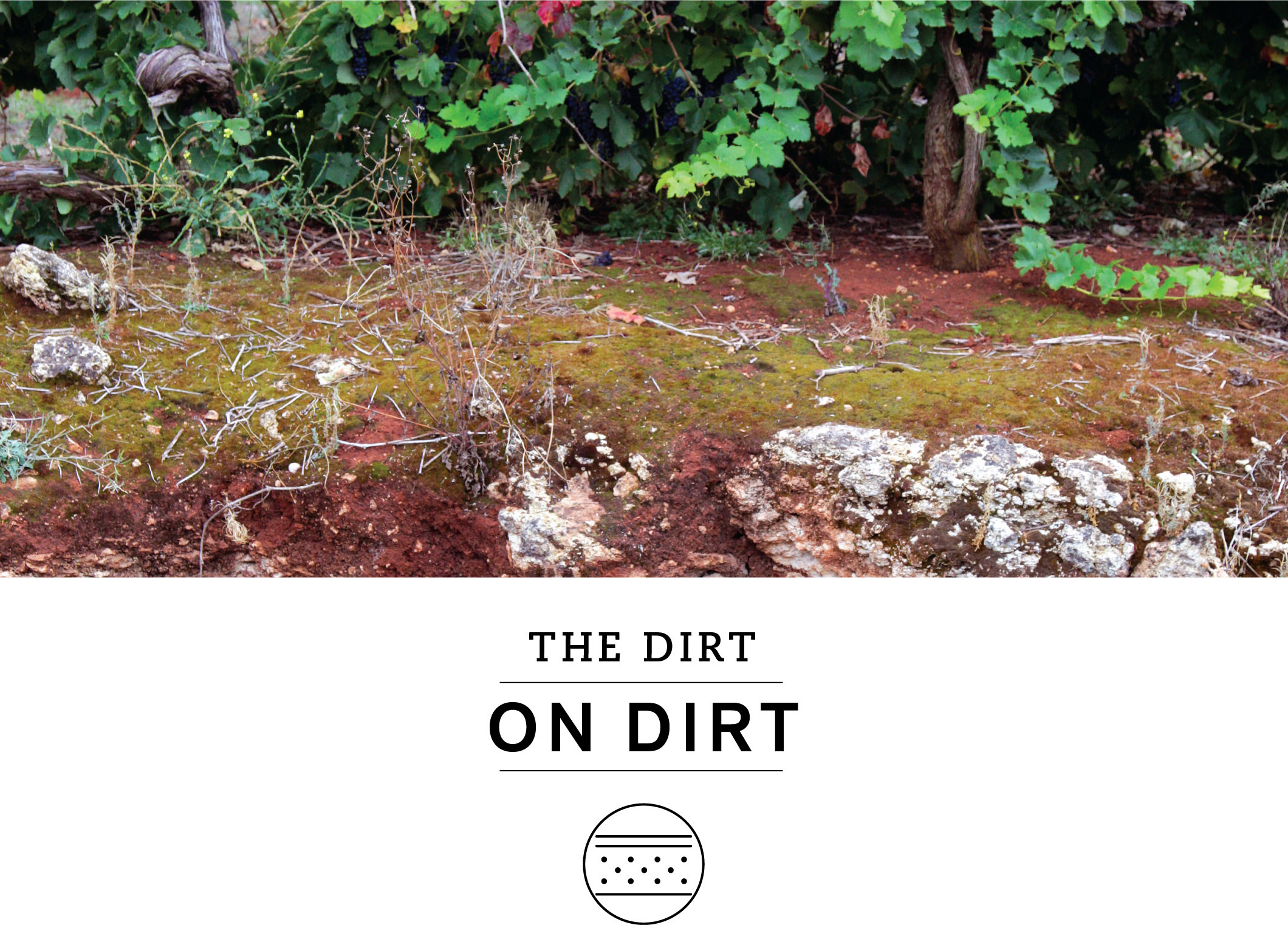
If it can be said that we are what we eat, then it can also be said that a wine is what it was grown in.
The makeup of vineyard soil is critical to the flavour profile and quality of the wine. There are many considerations for producers to weigh when planting (including the three discussed above). Soil depth, fertility (the poorer the better), drainage, texture and composition are just a few. The harder a vine’s roots need to work to get nutrients and water, the higher the quality of the wine. Different soils also retain and reflect heat at different rates. This can have a great impact on ripening and can moderate against cold overnight temperatures.
SOIL TYPES
Sandy soils have good drainage and heat retention. They produce highly aromatic wines with low tannin and lighter colour.
Clay soils are cool and hold water. They encourage intensely structured wines with deeper colour and flavour.
Silt retains water and heat, and can be very fertile. The wines from silt soils tend to be smooth but have less acidity.
Gravel soils have good drainage, absorb heat well, and force the vines to dig deep for nutrients. Gravel and Cabernet Sauvignon are a natural pairing.
Limestone can contain high concentrations of the fossils of ancient marine life and is great for growing Chardonnay and Pinot Noir, as demonstrated by the soils of the Côte d’Or.
Chalk soils are cool and drain well. The high calcium content of these soils makes them alkaline, resulting in grapes with high acidity.
Volcanic soils have a high mineral content and excellent drainage.
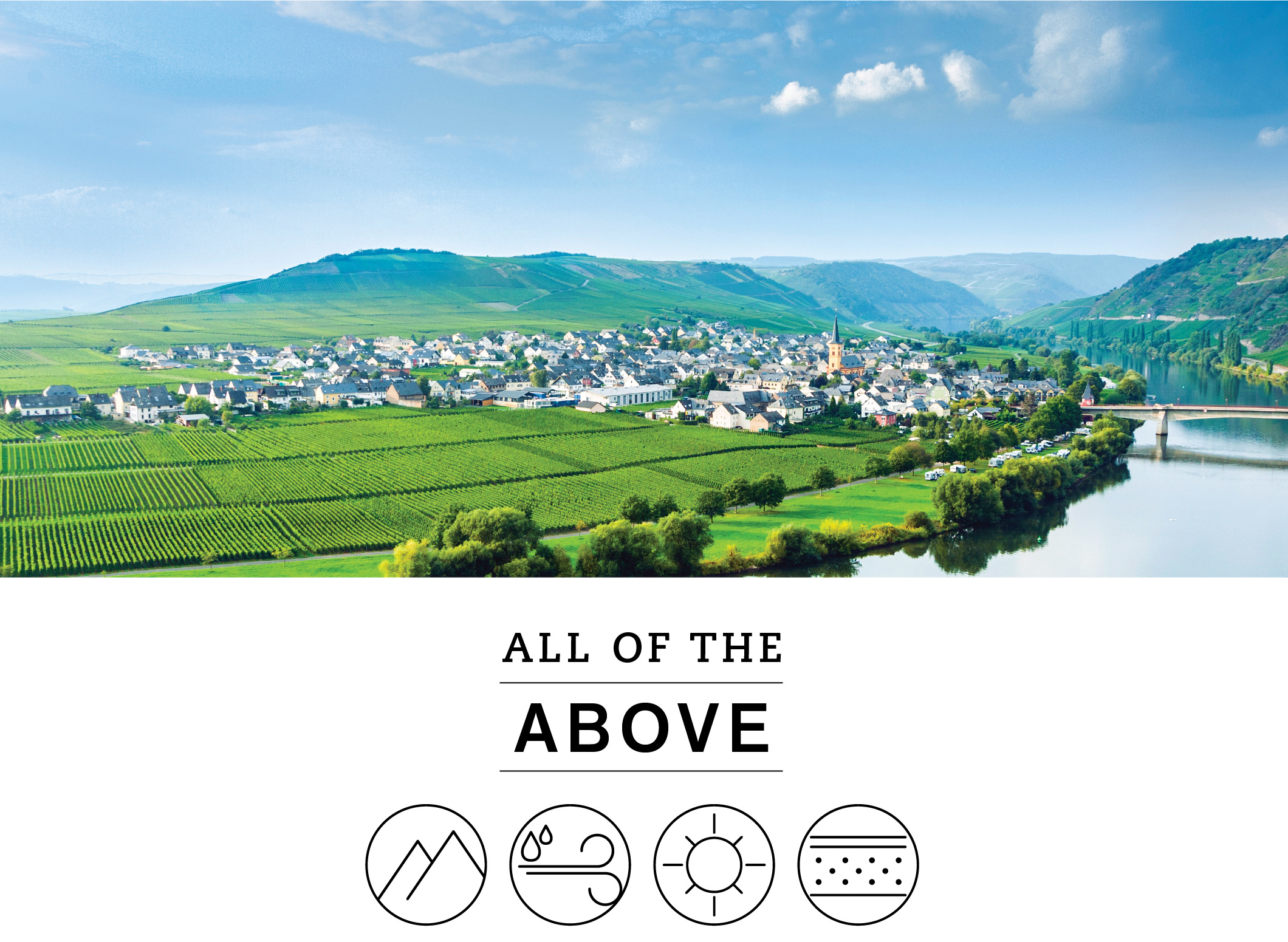
Germany’s famous Mosel region, one of the world’s greatest regions for Riesling, beautifully illustrates how these four factors interact in the vineyard.
The Mosel is quite northerly and cool, and vineyards are planted on steep slopes that follow the river. These sloped vineyards allow the vines maximum sun exposure as the grapes ripen. Reflected sunlight from the river also comes into play. The variations in sun exposure and altitude result in grapes ripening and being harvested at different times, one reason German Riesling is produced at different sugar levels: Kabinett, Spätlese, Auslese, Beerenauslese, Eiswein and Trockenbeerenauslese. These vineyards are planted in two types of slate: blue slate, which encourages floral tones; and red slate, which produces a richer style of Riesling.
Get our Latest News!
Be the first to hear about new arrivals, special offers, virtual events and more.
Get to Know Us!
Everything we are in a nutshell.

